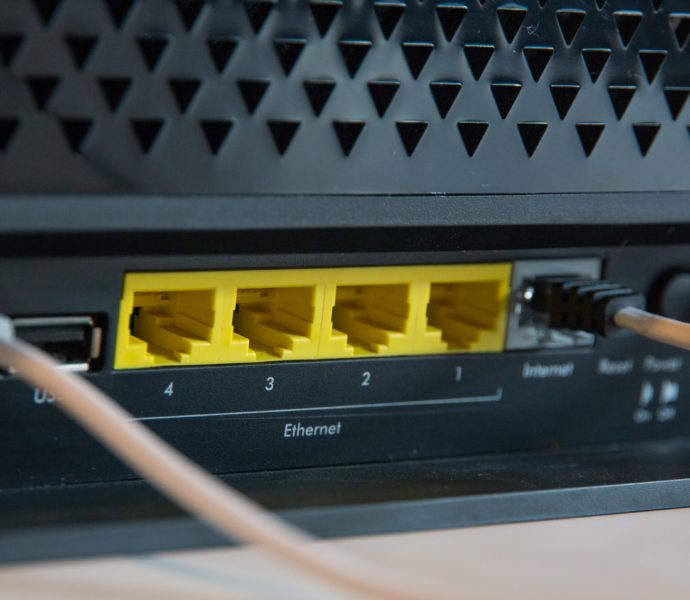Locked Out of the Virtual Classroom
ByThe Editorial Board
America came face to face with the festering problem of digital inequality when most of the country responded to the coronavirus pandemic by shutting elementary and high schools that serve more than 50 million children.
Even before the shutdown, an estimated 12 million children were having difficulty completing routine homework assignments — not to mention writing research papers — because they lacked the home internet access their better-off classmates take for granted.
The so-called Homework Gap has taken on crippling dimensions now that closed school districts have been trying to maintain a semblance of instruction by putting teachers or course materials online. Internet-savvy school systems that serve connected populations appear to be moving ahead relatively smoothly with the new order of business. At the same time, some districts that lack infrastructure and serve heavily poor populations have given up altogether on remote learning. Still others are hesitant to pursue online instruction out of fear they might be hauled into court for offering course materials to which broadband-deprived families cannot gain access.
New York City, which has an estimated 300,000 students who lack internet-connected devices, is one of several districts rushing to acquire such devices. Still, the country needs a more systematic approach to this problem. Jessica Rosenworcel, a Federal Communications Commission member who has been proselytizing on this issue for several years, has rightly called on the F.C.C. to use funds earmarked for connecting schools and libraries to the internet to provide schools with internet hot spots that could be lent to students. Beyond that, some members of the Senate are urging the Republican majority leader, Mitch McConnell, to set aside dedicated funding that would help to narrow the digital divide.
These suggestions address the exigencies of the moment. But the time has long passed for the country to open the door to the information age for communities that are locked out.
The daunting challenge of trying to get distance learning up and running comes as school districts are already struggling to feed students who rely on school breakfasts and lunches to stave off hunger. An analysis of policy statements by 46 districts that was released last Friday by the nonpartisan Center on Reinventing Public Education found considerable confusion among districts about how to deal with issues of technology and internet access. Only about a third of the districts said they were working to deliver laptops or tablets to students. Only five said they were delivering mobile phones or wireless hot spots to students, while more were encouraging parents to sign up for internet service. Few districts had comprehensive learning plans, and most were sharing links to “optional assignments on publicly available websites.” No district examined by the center had “a clear solution for ensuring that 100 percent of students have a … device and reliable, long-term access to the internet.”
This scramble is taking place in an atmosphere of uncertainty over how long the shutdown will last. Districts will need more money — and new expertise — if it turns out that a comprehensive online infrastructure is needed for the long haul.
The pandemic-driven changes undertaken by KIPP, the nation’s largest public charter school network, give a sense of how schools have had to adapt and how obstacles vary by region. The network is using its buses to deliver food to communities that need it. Where internet connectivity is poor, the network’s buses also drop off work packets that are later picked up for grading. The lack of internet access in poor and rural communities comes up again and again as educators talk about the pandemic.
Read the full article here
